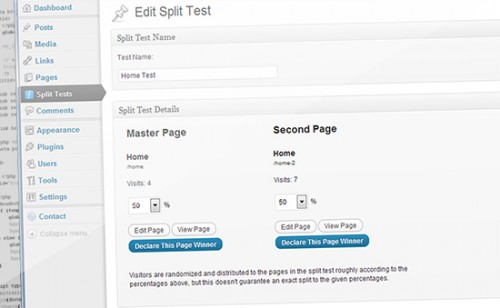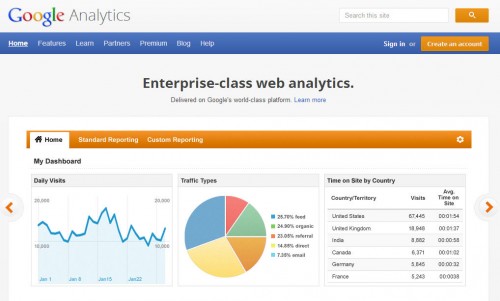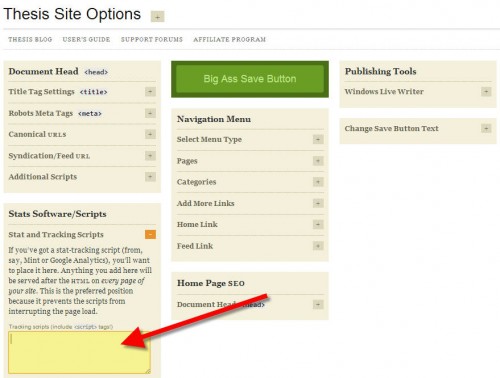Keeping an eye on your competitors is an important task to do regularly. This will help you get ideas and notice trends.
The good thing is that many competitors will make it easy for you by maintaining Twitter, Google+, Instagram and Pinterest accounts, Facebook pages, as well as making blog posts.
Right now, go and follow any of these that are out there for sites similar to you, or those you hope to compete with in the future.
No excuses here, because it doesn't cost anything to do this. It's just a matter of investing some of your time to learn and grow your business.
Another thing I would recommend is to monitor changes to the sites of your competitors. This is actually easier than you might think.
There is a free service called ChangeDetection where you can put in URLs of pages to track and you'll get email alerts when there are changes.
And when you get these updates and changes from your competitors, make sure to check them out and take note of what they are doing.
This is a great way to get inspiration and identify trends.












